The Evolution Of Skiing Over The Decades
When it comes to skiing, most people think of bright neon-colored clothing, early mornings, and the adrenaline of speeding down a snowy mountainside. We reminisce about hot drinks, beer, food, and the energy of a ski lodge packed full of people all excited to get up on the mountain. For most of us, we can't imagine a world without this popular recreation at our disposal. So how did it skiing start, and how did it develop into the culture it has become today? Take a glimpse at the history behind it all and the evolution of ski culture and fashion throughout the decades! Do you know the difference between Alpine and Nordic skiing?
The Origins

There have been traces and indications of humans skiing that date back to ancient civilizations when communities of people were still hunter-gatherers. Some of the oldest evidence of skiing has been found in cave paintings dating back from 8000-6000 BC. It is believed that some of the first communities to have skied were the ancestors of the Sami, the indigenous people of Scandinavia, as a means of survival. The oldest set of actual skis were found near Lake Sindor in Russia along with the remains of other wooden objects such as tools and sled runners.
A Piece of Mythology

Although it is also believed that skiing was also practiced over 100 centuries ago in what is now China, the actual word "ski" comes from the old Norse word "skíð", meaning "split piece of wood or firewood". In 1300 BC, there is a reference to Ullr and Skade, the Norde God and Goddess of skiing, demonstrating their culture's reliance on skis and snow travel. During this time, skiing was used as a form of transportation and survival in the harsh winters in that region of the globe and even warfare. The skis they used were thick and long with one pole to scoop snow, navigate downhill, and possibly even as a weapon for hunting.
Necessary For Winter Survival
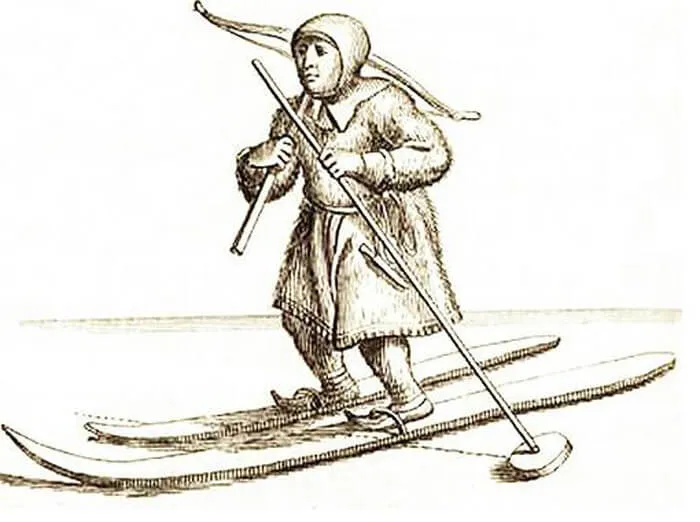
It has been assumed that skis and snowshoes were first invented to cross the wetlands and various marshes that had frozen over during the depths of winters. These early humans discovered that the sticks on the bottom of their feet would spread out their weight and prevent them from falling into the deep snow. Skis were primarily used to hunt reindeer and elk across the frozen tundra in Central Asia and Europe, whereas snowshoes were mostly utilized in the New World because the snow was more compact. Over time, they experimented with various prototypes until they were rather sophisticated pieces of equipment.
Thorstein And Skjervald
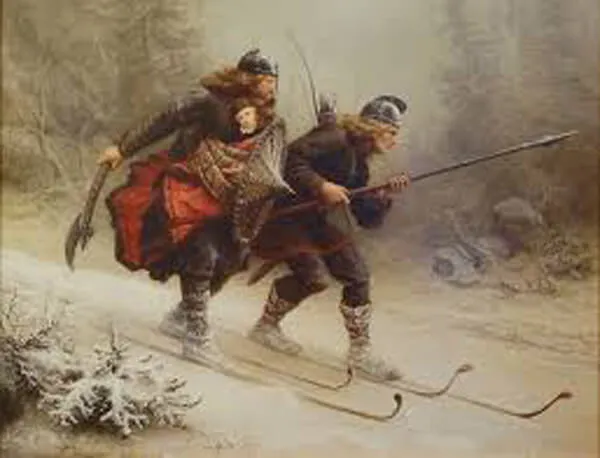
One of the first documented instances of skiing as we know it was in 1206. It is in the legend of the two Norwegian military soldiers Thorstein Skelva and Skjervald Skrukka who rescued the two-year-old Norwegian Prince Hakon Hakonson by skiing over the Dovre Mountains from Lillehammer to Osterdalen. The story of the Norwegian prince's rescue is regarded as one of the first documented instances of backcountry skiing in history. Since 1932, the famous Birkenbeiner race follows along the same route as the legend. You die-hard backcountry skiers have those men to thank for pushing the limits of skiing for the first time.
The Beginnings of Recreational Skiing
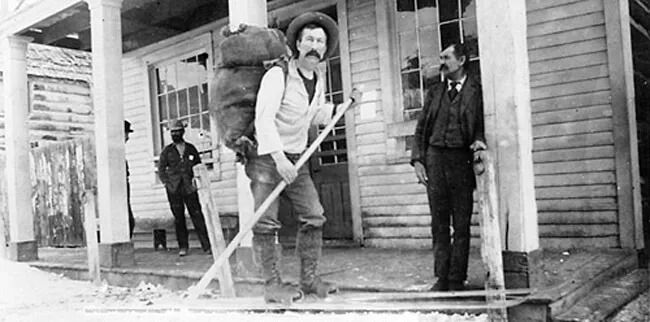
For hundreds of years, skis were mostly used for transportation and hunting, yet during the 1700s, skiing was utilized for military purposes in the Great Northern War between the Russians, Sweedish, and Norwegians. However, it wasn't until the early 1800s that the Norwegians began skiing in the Alps for recreation rather than for militaristic purposes. This was the beginnings of Nordic ski racing and the development of a new kind of skis that were more narrow and lightweight, designed for gliding on snow-packed trails. In 1841, in Beloit Wisconsin, there was the first documented used of recreational skis in the United States. It was during this time that the two main genres of skiing evolved known as Alpine and Nordic, both of which are still popular today.
Alpine Skiing
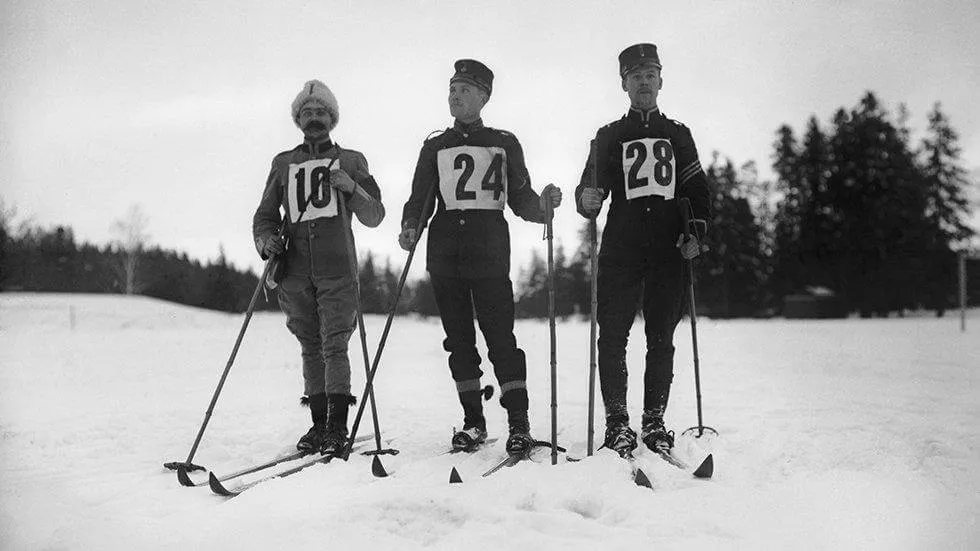
In 1861, alpine ski racing became an organized sport in Norway as well as the United States. Alpine skiing is classified as downhill skiing down the mountain with fixed-heel bindings. This form of skiing requires assistance to get to the top of the hill, such as the use of a ski lift. This is so because the equipment necessary does not allow efficient walking and climbing through the snow and mountains. It was around the development of this sport that ski resorts began to become established as an area where people could relax as well as have access to services such as the ski lifts and provisions.
Nordic Skiing
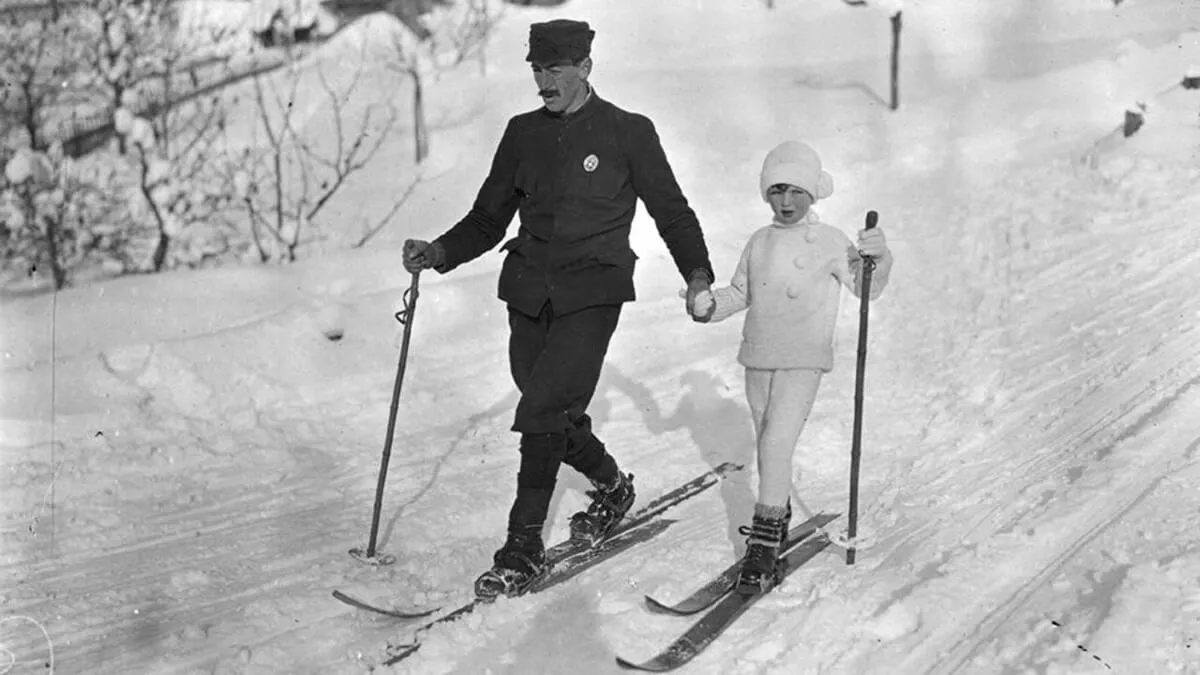
Nordic skiing is essentially a combination of other various types of skiing, but the toe of the ski boot is not fixed to the binding. This allows for the heel to rise up from off of the ski. Nordic skiing allows the skier to use their own power by gliding across the snow using their freed heel as a way to propel themselves. This type of skying is used during cross-country races or snow travel when there are no hills around to use for speed. However, with Nordic skis, it is still possible to go down mountains as well as jump obstacle like on alpine skis. You won't believe 1950s ski fashion!
The Formation Of A Sport
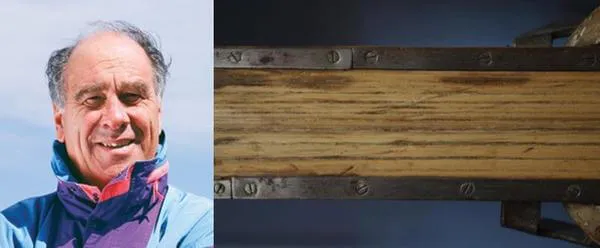
By the 1890s, the first two-laminated skis were made with a hickory base and lighter spruce. This greatly differed from the previously skis made because they were now lighter, more flexible, faster, and were impressively less expensive hardwoods. Then in 1905, the United States Ski Association was formed, which was the governing body of the Olympic snowsports. Skiing was on the brink of taking off as a well-established sport and common pastime in the United States. It wasn't until 1928 that the steel edge was invented by Rudolph Lettner of Austria, which provided better grip on the snow and more durability.
The First Games
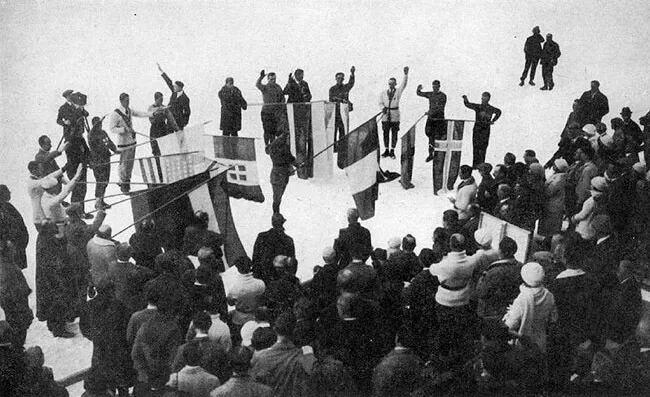
In 1924, the Federation Internationale de Ski (FIS) was founded, and Nordic events were held at the first Olympic Winter Games in Chamonix, France. Soon after, in 1932, the first three-layered skis were introduced using waterproof glue. These new and improved, durable skis were first marketed under the Splitkein label in Norway and as Anderson & Thompson in the United States. In 1932, the first chairlift was created and installed in Sun Valley, Idaho in the United States, which greatly helped spike and increase and interest in alpine skiing for the general population, beginning the development into the winter hobby it has become today.
Moving Forward

From the late 1930s to the 1970s, skiing underwent many different changes that helped it to grow into the sport that we know it as today. In 1937, R.E.D Clark invented the formaldehyde-based adhesive Aerolite to hold airplanes together. This same product was then used on skis for glue, making them weather and waterproof. This has been considered the most significant invention in the history of modern skis. Then in 1945, the first aluminum ski was invented by Wayne Pierce, David Richey and Arthur Hunt, all aircraft engineers. After some more adaptations to the skis themselves and the invention of the plastic ski boot by Bob Lang, the ski craze was well on its way. Now let's talk about ski culture and fashion through the decades.
The 1920s

In the 1920s, ski fashion could mostly be attributed to the influence of World War I manufacturing. Classic soldier uniforms, tunics, and breeches were adopted as ski apparel, especially the clothing worn by the British Land Girls. Although considered to be scandalous if worn in any other situation, women began to wear trousers as a main part of their ski outfit due to their comfort and how they could easily be put on and taken off. There were also some other small advancements in skiwear in order to provide more protection from the snow and cold, as well as an excuse to wear something different for a change.
The 1930s

With the invention of the ski lift, downhill skiing became a reality for the greater population. So, with the rise of popularity of the sport, skiers and designers began to figure out ways to make ski apparel more comfortable and appropriate for the conditions. Skiers first started wearing tighter clothing to become more aerodynamic, differing than the big and bulky wool coats previously worn. Although the majority of the clothing they wore was still thick wool, there were some early attempts at waterproofing. Fashion also became a concern, so people began to put aside the knickerbockers and skirts for some more high-fashion clothing.
The 1940s

During the 1940s, the concept of a two-piece ski suit began to take shape with the addition of color and patterns. Apparently, the love for wearing funky clothing on the mountain is not a new fad by any means. During this time, stylists and innovators such as Claus Obermeyer began transforming ski fashion into its own industry. The clothing itself was designed to keep the user as warm, dry, and comfortable as possible, but the style was also an essential aspect as well. Quilted jerseys were the big thing, but the new synthetic material was just around the corner that would change skiing forever.
The 1950s

With the advancement of new technology, easier transportation, and better access to skiing equipment and skiwear, the 1950s was one of the first decades to help establish a ski culture. During this "golden age" of America, people could now take time off work and travel with their families to the mountains to enjoy this new and exciting past time. Ski apparel also began to become prominent with people donning fashionable goggles and polyester sweaters built for the snow, unlike past decades when people just wore clothes to stay warm. It was clear during this time that skiing as a hobby was on the rise. Keep going to see what a great time it looked to be on the mountain in the 1990s!
The 1960s

After some experimentation in the 1950s regarding ski fashion and culture, the 1960s embraced it. Skiwear had gone from clothing that was worn out of necessity to gear that was all about style. By the 1960s, ski style had taken on a personality of its own and has even been considered as the height of ski fashion in regard to both form and function. With the sport itself becoming more and more intense as well as creative, so was the clothing. The plastic boot had been invented, along with the no-fog goggles, and the skill of skiing was reaching a new level. It was evolving into the culture that we know it as today.
The 1970s

The 1970s brought about numerous different advancements and changes to the ski industry. Plastic, fiberglass, kevlar, carbon fiber, and other very high-strength materials allowed skiers to do more than they ever have before. Such materials allowed skiers to go faster, make sharper turns, and essentially changed the entire culture of skiing. With these improved methods came the upsurge of people who wanted to try their hand at the sport now that it was well-established and available to all for the most part. It was at this time that ski and mountain clothing became more of a style rather than a necessity.
The 1980s

It was the decadent 1980s that really skyrocketed skiing and transformed it into the culture that it is today.This was when ski films started to become widely distributed by Warren Miller and the ski vacation industry became a staple in the mountain communities in the United States. "The mountain" became a popular place for young adults to come and party as well as one-up each other on their ski fashion and prowess. Ski style was dominated by pastel colors, leopard patterns, and furry leggings, all worn while drinking a beer a beer up on the lift.
The 1990s

During the 1990s, ski facility construction went on to set new records. While people expected the continuation and production of ski villages and resorts to decline, it did the exact opposite. Ski villages were built during the summertime with condos selling like crazy before they were even built. There were waiting lists to even rent one for a weekend. Now, the style was to stand out as much as possible by wearing the brightest mismatching colors, having the craziest headwear, and partying the hardest. A weekend on the mountain was comparable to spring break at Daytona Beach.
2000s To Present

Many young skiers are now experimenting with old-school mountain fashions, finding what they can at vintage stores or purchasing what new companies are attempting to re-create. While older skiers tend to stick to what they know best and lay off of the experimenting, they're not necessarily dusting off their old neon plaid ski jacket. However, with the introduction of snowboarding to mountain sports, there is now a blend of styles that is a bit less flashy than what ski culture has seen in the past. But as we know, it's only a matter of time before it all comes full circle.
A Timeless Pastime

Today, skiing has become one fun conglomeration of the past, present, and future. Although with the introduction of ski parks, halfpipes, and giant launch ramps, skiing has turned into much more than simply just gliding down a mountain, the culture has stayed relatively the same. People still enjoy staying in ski resorts and mountain cabins with friends and drinking a few beers in the outdoor hot tub after a long day out on the slopes. Also, the general idea is timeless -- get down the mountain on a pair of skis and have fun while doing it.









